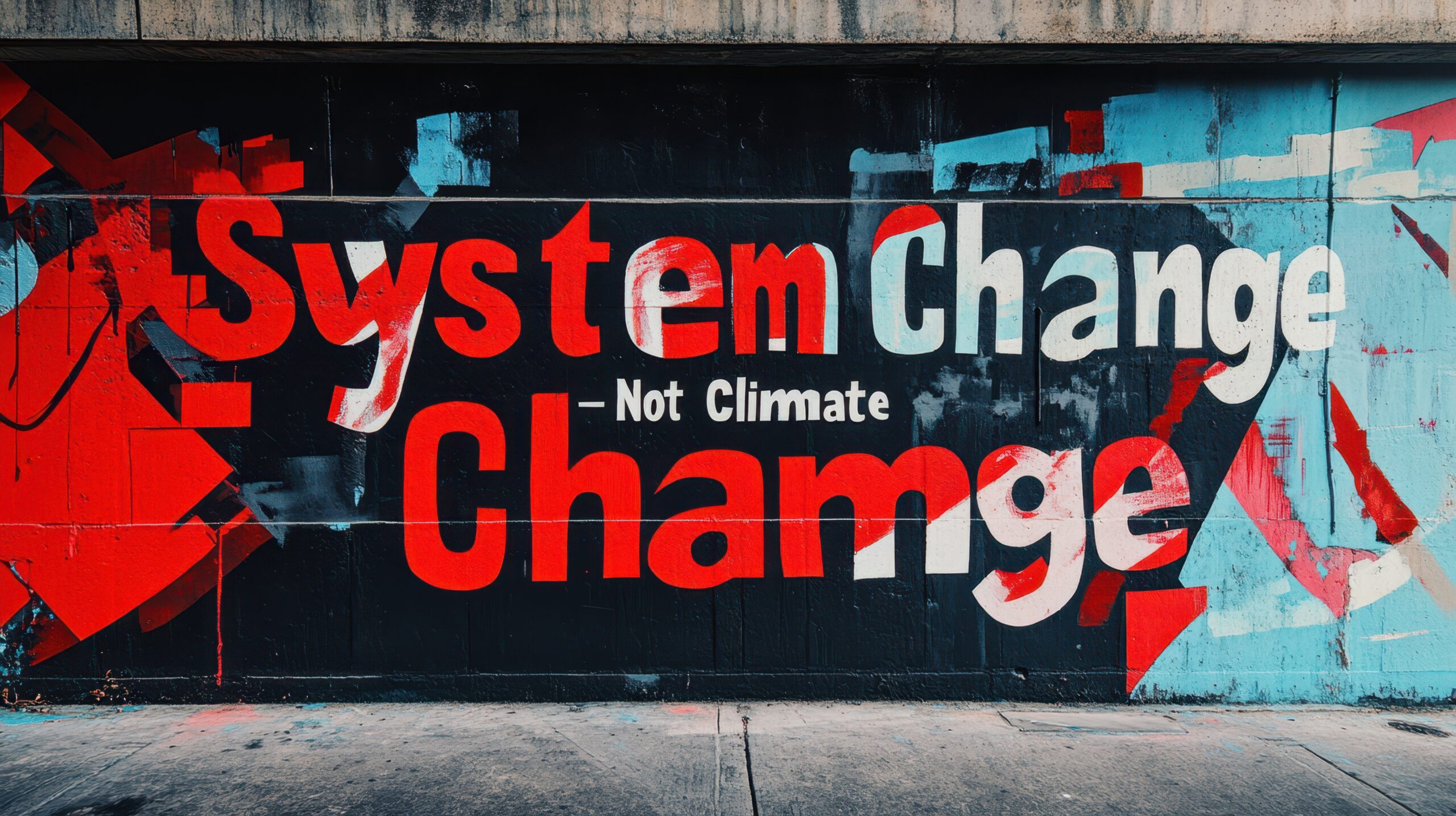Art has always been a reflection of the world around us—its beauty, its challenges, and its untold stories. As a painter, I’ve always felt a deep connection to nature. The sweeping landscapes, vibrant ecosystems, and quiet moments in the outdoors have inspired so much of my work. But in recent years, that connection has taken on a deeper meaning. It’s not just about celebrating the natural world through my paintings anymore; it’s about advocating for its preservation.
In this blog, I want to share how art and advocacy can go hand in hand, and how artists like me are uniquely positioned to raise awareness for environmental conservation.
Art as a Mirror of Nature
Nature has been my greatest muse since the very beginning of my artistic journey. Growing up in rural Texas, I was surrounded by expansive fields, dense woodlands, and skies that seemed to stretch endlessly. Those early experiences of observing the intricate details of the natural world—the texture of bark, the shimmer of sunlight on water, the movement of grasses in the wind—taught me how to see the beauty in the ordinary.
As an artist, I aim to capture these fleeting moments in my oil paintings. But as I’ve become more attuned to environmental issues, I’ve realized that my work isn’t just about aesthetics. It’s also a way to document what’s at risk. Every time I paint a vibrant landscape or a delicate ecosystem, I’m reminded of how fragile these places are in the face of climate change, deforestation, and pollution.
The Role of Artists in Environmental Advocacy
Artists have always been storytellers, and storytelling is a powerful tool for change. Visual art, in particular, has the ability to transcend language and cultural barriers, evoking emotions and sparking conversations that might not happen otherwise.
Through art, we can make people pause and reflect. A painting of a pristine forest can remind viewers of what we stand to lose. A depiction of a polluted river or a withering tree can stir discomfort and urgency. Art allows us to connect with people on a visceral level, making the abstract concept of environmental degradation feel personal and immediate.
For me, this realization shifted my approach to painting. While I still love creating idyllic scenes that celebrate nature’s beauty, I’ve also started incorporating more narrative elements into my work—pieces that tell the story of both resilience and loss.
Painting for a Purpose
One of the most rewarding aspects of my career has been using my art as a platform for advocacy. A few years ago, I partnered with a local environmental organization for an exhibition focused on Texas’s endangered ecosystems. The goal was to raise awareness and funds for conservation efforts, and the response was overwhelming. People who attended the show weren’t just admiring the paintings; they were asking questions, sharing their own concerns about the environment, and donating to the cause.
That experience taught me the potential of art to inspire action. Since then, I’ve made it a point to align some of my work with environmental advocacy. Whether it’s creating paintings for charity auctions, collaborating with conservation groups, or simply using my social media to highlight environmental issues, I’ve found countless ways to intertwine my passion for art with my commitment to protecting the planet.
Inspiring Change Through Visual Storytelling
One of my recent series focuses on Texas’s disappearing wetlands, which are vital ecosystems for wildlife and natural water filtration. I spent weeks exploring these areas, sketching and photographing scenes that would later become large-scale oil paintings.
The paintings are intentionally immersive, with bold colors and sweeping compositions that draw viewers in. But within each piece, I’ve also included subtle hints of human impact—a piece of litter, a drained waterbed, or an invasive plant species. These details are meant to spark curiosity and encourage viewers to look closer, to ask questions about what’s happening to these landscapes and why.
The response to this series has been incredibly encouraging. People have shared that the paintings made them more aware of the challenges facing our wetlands and inspired them to learn more about how they can help.
How You Can Make a Difference
You don’t have to be an artist to use creativity for advocacy. Whether you’re a photographer, a writer, or simply someone who loves the outdoors, there are countless ways to contribute to environmental conservation. Share your experiences in nature, support local conservation efforts, or even just start conversations with friends and family about the importance of protecting our planet.
For fellow artists, I encourage you to think about how your work can raise awareness or spark change. Art has a way of reaching people’s hearts, and that’s exactly what we need in the fight for environmental conservation.
A Shared Responsibility
At its core, my work as an artist is about connection—connecting viewers to the beauty of the natural world, to the urgency of environmental challenges, and to the hope that together, we can make a difference.
I believe that every painting has the potential to be more than just an object of beauty. It can be a call to action, a reminder of what’s worth saving, and a testament to the resilience of the natural world. As artists, we have a unique voice and a unique responsibility. Let’s use it to advocate for the planet that inspires us.
Together, we can turn creativity into conservation and ensure that the landscapes we love continue to inspire future generations.
